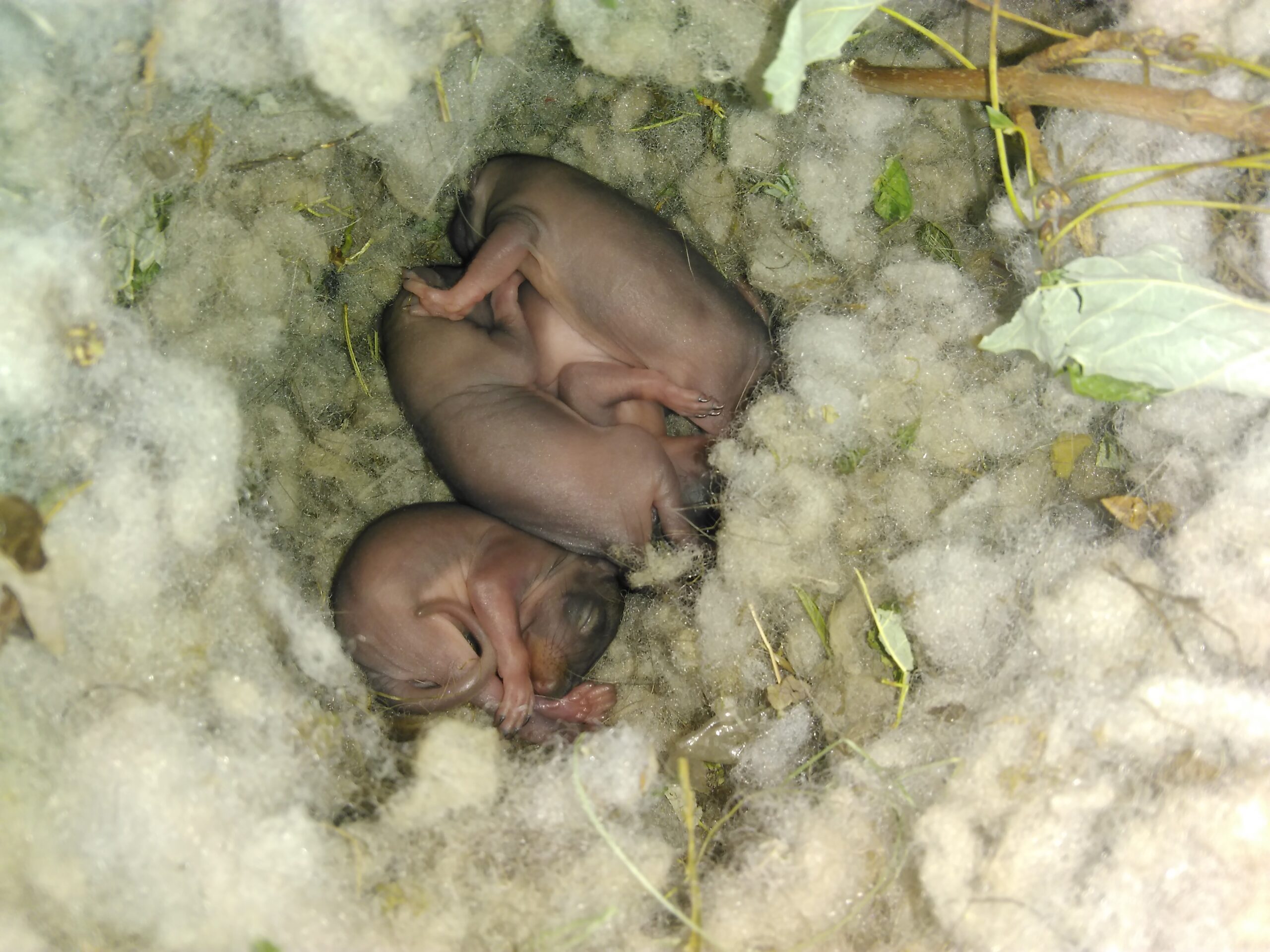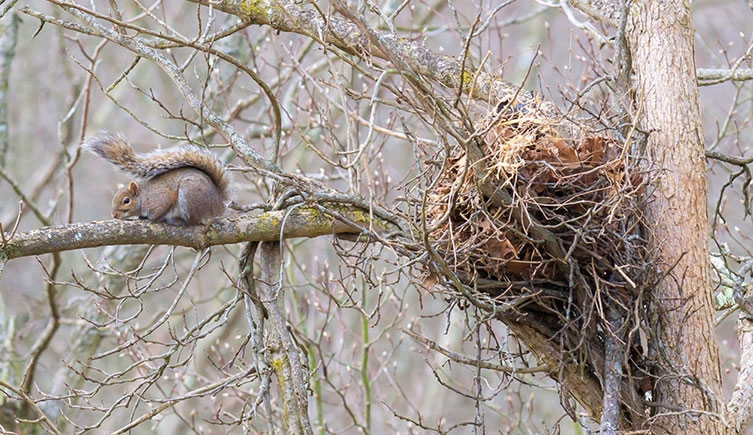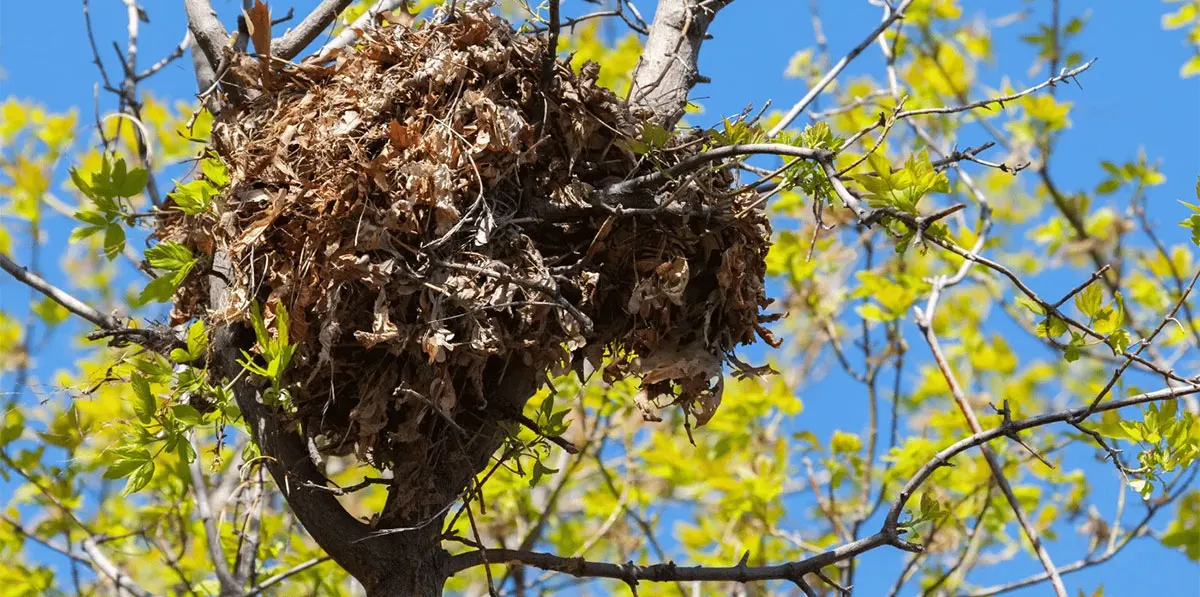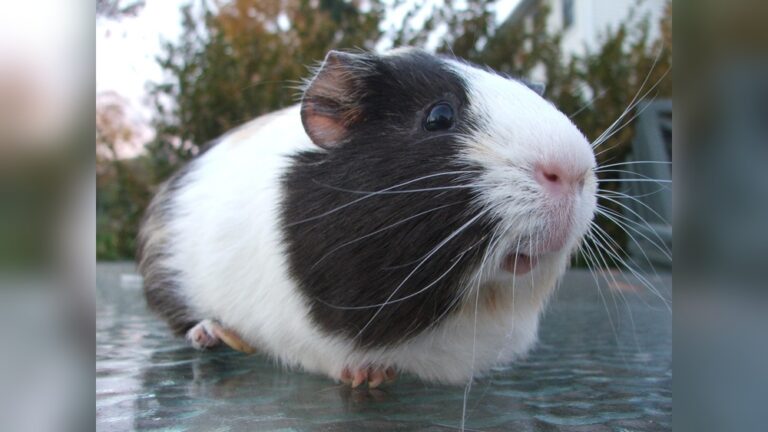Where Do Squirrels Sleep: Surprising Secrets Revealed
Have you ever watched a squirrel darting through the trees and wondered, “Where do squirrels sleep?” It’s a simple question, but the answer reveals fascinating secrets about these clever little creatures. If you’re curious about how squirrels stay safe and cozy when they rest, you’re about to discover exactly that.
Keep reading to learn where squirrels find their homes, how they build them, and why their sleeping spots are more interesting than you might think. Your next walk in the park will never look the same!

Credit: www.skedaddlewildlife.com
Squirrel Sleeping Spots
Squirrels need safe and comfortable places to sleep. Their sleeping spots protect them from weather and predators. These spots vary depending on the squirrel’s species and environment. Most squirrels choose places that offer warmth and shelter. They also prefer spots where they can hide easily.
Here are some common squirrel sleeping spots and how they use them.
Tree Nests And Dreys
Many squirrels build nests high in trees. These nests are called dreys. Dreys are made from twigs, leaves, and moss. They create a round, cozy home. The drey has a small entrance to keep out predators. Tree nests keep squirrels dry and warm during cold weather. Squirrels often use the same drey for many seasons. Sometimes, they build several nests in one tree.
Burrows And Ground Nests
Some squirrels sleep underground in burrows. Ground squirrels and some tree squirrels dig these burrows. Burrows offer protection from rain and cold. Squirrels line their burrows with grass and fur for comfort. These nests also help squirrels hide from predators. Burrows can have several chambers for storing food and resting. Ground nests are hidden well under leaves or dirt.
Urban Hideouts
Squirrels living in cities find unique spots to sleep. They use attics, roof spaces, and wall cavities. Urban squirrels may also nest in dense bushes or parks. These places offer shelter from noise and traffic. Squirrels adapt well to city life by finding safe resting spots. They often build dreys in tree branches near buildings. Urban hideouts help squirrels stay safe in busy areas.
Nest Construction Techniques
Squirrels build nests to stay safe and warm. Their nests, called dreys, show clever design. Each nest is made carefully to protect squirrels from weather and predators. Understanding how squirrels build their homes reveals their smart survival skills.
Materials Used
Squirrels use leaves, twigs, and bark to make nests. They also gather moss and grass for soft lining. These materials keep the nest dry and warm. Squirrels choose what is nearby and easy to carry.
Building Process
Squirrels start by weaving twigs to form a round base. They add layers of leaves and bark for walls. Next, they pack moss and grass inside for comfort. The nest has a small entrance to keep out danger.
Seasonal Adaptations
In cold months, squirrels add more leaves and moss. This helps keep the nest warm against winter chill. During warmer seasons, nests are lighter with fewer materials. Squirrels change their nests to fit the weather.
Sleep Patterns Of Squirrels
Squirrels have unique sleep patterns that help them stay active and safe. Understanding how and when they sleep reveals much about their daily lives. Their sleep habits change with the seasons and weather.
Daily Sleep Cycles
Squirrels are mostly active during the day. They sleep at night in nests called dreys. These nests are made from leaves and twigs. Squirrels take short naps during the day to rest. Their sleep cycles help them stay alert to danger.
Hibernation And Torpor
Squirrels do not fully hibernate like bears. Instead, some enter torpor, a light sleep state. During torpor, their body temperature and heartbeat slow down. This helps them save energy in cold weather. Torpor lasts for hours or days, not months.
Impact Of Weather
Cold or rainy weather changes squirrel sleep patterns. They stay inside their nests longer to keep warm. Hot weather may make them rest in shaded areas. Weather affects how much squirrels move and sleep each day.
Safety And Predators
Squirrels face many dangers in the wild. Predators like hawks, snakes, and foxes hunt them. Staying safe is very important for squirrels. Their sleeping places help protect them from harm. These places must be hidden and strong. Squirrels use smart ways to keep safe at night and during rest.
Nest Location Strategies
Squirrels choose high spots in trees for their nests. They pick thick branches with many leaves. These spots hide them well from predators. Sometimes, squirrels use tree hollows for extra safety. They avoid open areas where danger is easy to spot. Choosing the right place helps squirrels stay out of reach.
Defensive Behaviors
Squirrels stay alert even while resting. They can quickly wake up at any sign of danger. Some squirrels make loud noises to scare predators away. They also use quick movements to escape if threatened. Their nests are built with twigs and leaves that block entry. These actions keep them safe from attacks.
Common Threats
Birds of prey like hawks and owls hunt squirrels often. Snakes can reach nests built low in trees. Foxes and coyotes look for squirrels on the ground. Domestic cats also pose a threat near homes. Weather like strong winds or heavy rain can damage nests. Knowing these threats helps explain why squirrels choose certain sleeping spots.
Surprising Facts About Squirrel Sleep
Squirrels have unique sleeping habits that many people do not know. They do not just sleep in nests or tree holes. Their sleep behavior shows interesting social and communication traits. Some positions they use while resting look very unusual. These facts make squirrels even more fascinating to watch and learn about.
Social Sleeping Habits
Squirrels often sleep close to each other. They stay in groups, especially in cold weather. This helps keep them warm and safe. Young squirrels sleep with their mothers for protection. Sometimes, adult squirrels share nests too. Sleeping in groups helps them survive harsh conditions.
Communication While Resting
Squirrels do not stop communicating even when resting. They use small sounds and tail movements. These signals warn others about danger nearby. Quiet chirps or twitches keep the group alert. This communication helps squirrels stay connected and safe.
Unusual Sleeping Positions
Squirrels sleep in many odd ways. They curl up tightly to save heat. Some sleep lying flat on branches. Others hang by their tails for balance. These positions help them avoid predators and stay comfortable. Their flexible bodies allow many rest styles.

Credit: www.nhm.ac.uk

Credit: www.hawkeye.ca
How Smart Pets Lover Can Help You with Where Do Squirrels Sleep
Turning Squirrel Sleep Insights into Practical Learning
Understanding where squirrels sleep opens up more than just curiosity—it invites us to observe nature with fresh eyes. Noticing their nest construction techniques and sleep patterns can inspire hands-on learning, especially for families and pet lovers who enjoy connecting with wildlife. For example, spotting how squirrels build cozy, leafy nests high in trees teaches us about resourcefulness and natural shelter, while observing their safety strategies against predators highlights the importance of vigilance.
- Try creating a small “squirrel-friendly” space in your backyard using natural materials to mimic their nesting habits.
- Track squirrel activity at different times to appreciate their unique sleep cycles.
- Use this knowledge as a gentle introduction to wildlife care and respect, enhancing your understanding of all creatures, much like the thoughtful care we encourage with pets.
At Smart Pets Lover, where every wag, purr, and chirp tells a story, we believe these moments of discovery deepen our bond with animals big and small. If you want to explore more about animal behavior or need advice on pet care, feel free to reach out—we’re here to support your journey toward being a confident, compassionate pet parent.
Frequently Asked Questions
Where Do Squirrels Build Their Nests?
Squirrels build nests called dreys in trees. These nests are made of twigs, leaves, and moss, offering shelter and protection.
Do Squirrels Sleep In Tree Hollows?
Yes, squirrels often sleep in tree hollows. These natural cavities provide safety from predators and harsh weather conditions.
How Long Do Squirrels Sleep Daily?
Squirrels typically sleep 12 to 15 hours a day. They rest mainly during the night and take short naps during daylight.
Do Squirrels Change Sleeping Spots Frequently?
Squirrels may change nests regularly to avoid predators and parasites. This behavior helps keep them safe and healthy.
Conclusion
Squirrels find cozy places to sleep in trees and nests. They build dreys from leaves and twigs to stay warm. Some squirrels sleep inside tree holes for extra safety. Their sleeping spots protect them from weather and predators. Knowing where squirrels sleep helps us understand their habits better.
Next time you see a squirrel, watch where it goes. Nature’s little sleepers have clever ways to rest well.





